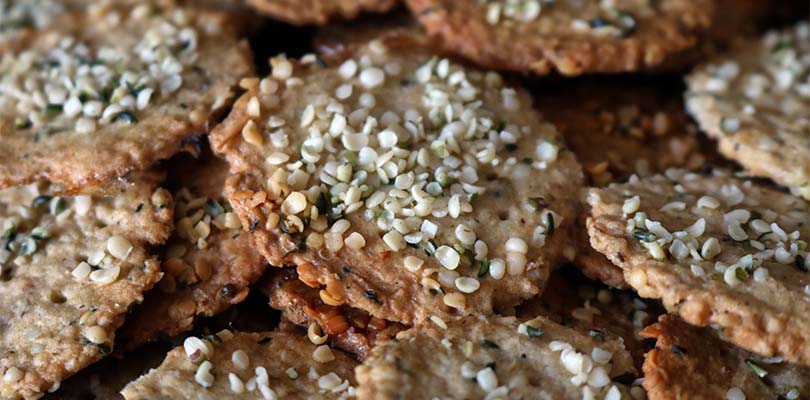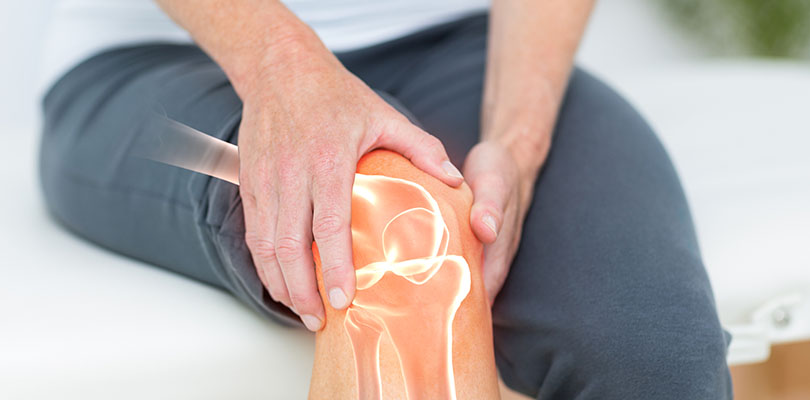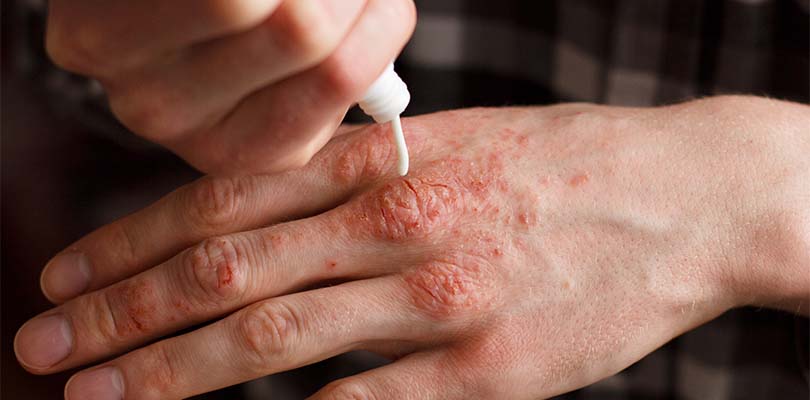Hip Arthritis Exercises
If you have hip pain and trouble walking, it’s possible you have hip arthritis. This is a common condition that involves the ball-and-socket hip joint.
Inflammation causes the joint to become painful, a condition called osteoarthritis. This type of arthritis is also called “wear-and-tear arthritis” or degenerative joint disease, as it involves gradual damage to the joint’s protective cartilage.
When this cartilage is worn away by arthritis, the joint’s bare bone is exposed. This bone-on-bone irritation with every movement causes pain.
While you may be concerned about the need for a hip replacement to end the pain, here’s some good news. With weight loss – and exercise – you can delay or even prevent the need for hip replacement.
Keep reading to learn more about hip arthritis exercises and how exercise can help you avoid surgery.
Avoiding or Delaying Hip Replacement With Exercise
Exercise is also a good way for people with mild to moderate hip osteoarthritis to avoid hip, research shows.
A study, published in Annals of the Rheumatic Diseases in 2013, found that people who participated in an exercise program for one hour – at least twice a week for 12 weeks – were 44 percent less likely to need hip replacement surgery six years later.
Also, those who exercised had better flexibility and were better able to perform physical activities compared with those who did not exercise. The exercise group also had less progression of joint disease compared to those who did not exercise, whether or not they had surgery.
Bottom line: Those who exercise have less pain than those who do not. (Pain is the main reason for surgery). They also retain their ability to function when they exercise regularly.
Starting an Exercise Program
Problem is, if you have hip arthritis, pain may prevent you from exercising. This lack of exercise can contribute to your osteoarthritis and cause muscles to atrophy. That only feeds the cycle of pain.
If you can push past the pain a little – and start getting “just a little” regular physical activity – you will get stronger. As your muscles get stronger, your ability to be active will improve. You’ll be able to do more at home in your everyday activities.
This strength is good for your bones, your joints, and for your overall quality of life.
Your overall health and your age will determine which exercises are best for you. Talk to your doctor before starting a new exercise routine, as you will need to work with a physical therapist. A therapist can help ensure you start with the correct exercises for your situation.
8 Arthritic Hip Exercises
You may not be able to eliminate hip arthritis from your life, but when with perseverance, you can improve your life by limiting your symptoms. Here are the 8 best techniques to add flexibility, build strength, increase stability, and lessen the pain caused by arthritis in your hip.
1. Hip Flex
This strength-building exercise is a simple move that closely resembles marching in place.
- Slowly and smoothly lift one knee as high as you can without going above 90 degrees and then lower it back to the ground.
- Alternate knees and incorporate a natural arm swing, pace, and rhythm into the routine.
Be careful to limit your range initially. If your knee is above your hip, you’ve probably gone too far.
Stability and balance may be an issue here. You may consider holding on to the wall or a piece of furniture to maintain your posture during the hip flex.
2. Hip Extension
The hip flex pulls your knee forward while the hip extension pushes your leg backward.
- Stand up straight while putting your hands on a table or countertop for added stability.
- Lift your foot off of the ground and slide it back with a straight leg.
- Using the muscles in your buttock and hamstring, keep your leg extended for about 5 seconds before releasing and repeating on the opposite side.
Always avoid leaning forward and experiment with range of motion. Start by moving your leg just a few inches behind the other and increase the range each time.
3. Heel to Butt
In heel to butt, you stay in the same position as a hip extension, but this time, you gradually raise your foot by bending your knee. The goal is to slowly lift your foot all the way up to your butt before lowering it back down, but beginners will do well to get their shin parallel to the floor.
To make this exercise as effective as possible, keep your knees next to each other and hold onto your stable surface with your back straight and tall.
There are many low-impact knee arthritis exercises which can help improve range in motion and flexibility, options include water aerobics, yoga, and more.
4. Hip Abduction
So far, you’ve moved your leg in front and behind. Now, it’s time for the side. A hip abduction exercise is performed by holding onto a stable surface with one hand while raising the opposite leg out towards the side.
So, if you aim to work your left hip, you can hold onto a stabilizer with your right hand.
- Keep your feet parallel to each other and hold your leg up for 5 seconds before slowly releasing and letting it drift back down.
- Always exercise both hips to increase overall strength.
5. Squats
Bodybuilders load hundreds of pounds onto a bar before doing squats. Luckily for you, squatting only your body weight is a very effective way to strengthen your hips.
Squats are performed by standing and slowing bending your knees, so they track out over your toes with your butt lowering towards the floor. Once your knees and toes are aligned, hold the pose for several seconds and slowly come back to the starting position.
Keep your weight in your heels to avoid falling forward. Just like with all of these exercises, move slowly – speed is not your friend.
6. Bridging
Bridging helps blend strengthening and stabilization to limit the negative effects of arthritis. To bridge:
- Lie on your back and trust your pelvis towards the ceiling.
- When you have reached your peak, hold it to feel the tension, and slowly lower back to the floor.
By working your core, you engage a large group of muscles to improve your balance and stability.
Bridging might look silly, but this exercise is a valuable move in your fight against arthritis.
7. Knee Lift
- As you lie on your back, lift one knee up towards your chin.
- As it gets closer, use your hands to extend the stretch and pull your knee closer to your face while you lift your head off the ground slightly.
- At the peak of your stretch, hold your position for 10 seconds before releasing and lowering your leg back down. Find success here by alternating legs for a total of 10 to 20 repetitions.
Be careful to avoid straining your neck by focusing on moving your knee.
8. External Rotation
The final exercise to help relieve your hip arthritis is another stretch. The external hip rotation stretch requires you to sit on the floor with your back straight, your knees bent and out to your sides, and the bottoms of your feet touching each other.
The objective of this movement is to gently push your knees towards the ground using your hands. Feel the point of a good stretch, hold, and release.
Some may find more success completing this stretch while lying flat on the floor rather than the sitting position. Like other exercises for your hip, overstretching will be your enemy. Take it slowly to achieve your goals.
Talk to Your Doctor
Give the exercise program a chance to work. Talk to your physical therapist and your doctor if you continue to feel pain. You might benefit from different arthritis-friendly exercises and pain-relieving medications.
Your comfort and ability to function in everyday life – and live a full life – are a top priority. You will have to make the effort to increase your physical activity to get pain relief, but it will be worth the effort.
(With contributions from Jeanie Davis.)







